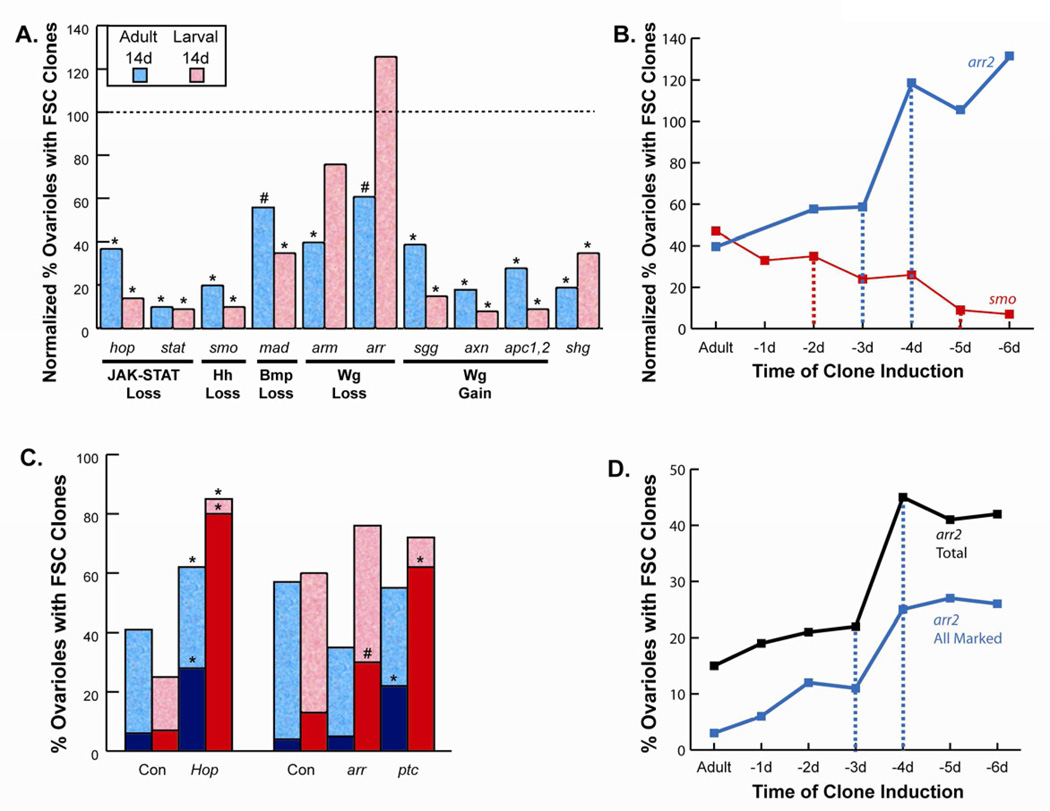Figure 2. An FSC establishment phase during mid-pupation that is opposed by Wnt signaling.
(A) Negatively-marked FSC clones homozygous for the indicated mutations produced by heat-shock induced recombination in young adults (blue) or third instar larvae (red) were counted 14 days later and expressed as a percentage of control values (“normalized”) as a measure of FSC clone maintenance (raw data are in Table S1). Statistical differences from control values calculated by Fisher’s two-tailed test are indicated as p<0.0001 (*) or p<0.01 (#). (B) Normalized percentage of ovarioles retaining marked FSC clones was scored as in (A) for arr (blue) and smo (red) clones induced in adults and on each of the six days preceding eclosion. Broken lines de-limit major transition periods. (C) Absolute percentage of ovarioles retaining marked FSC clones 14 days after induction in adults (blue) or larvae (red) for FSCs expressing excess Hop or lacking function of arr or ptc, together with appropriate control (Con) wild-type genotypes tested strictly in parallel. Dark blue and red columns show the percentage of ovarioles where the entire germarium and subsequent egg chamber contained only marked FSC derivatives (“all marked”). Statistical differences from control values calculated by Fisher’s two-tailed test are indicated as p<0.0001 (*) or p<0.01 (#) (symbols are immediately above the relevant column). (D) Absolute percentage of ovarioles with any arr mutant FSC clone (black) or “all-marked” arr mutant FSC clones (blue) 14 days after induction in adults and on each of the six days preceding eclosion. Broken lines de-limit the major transition period.

